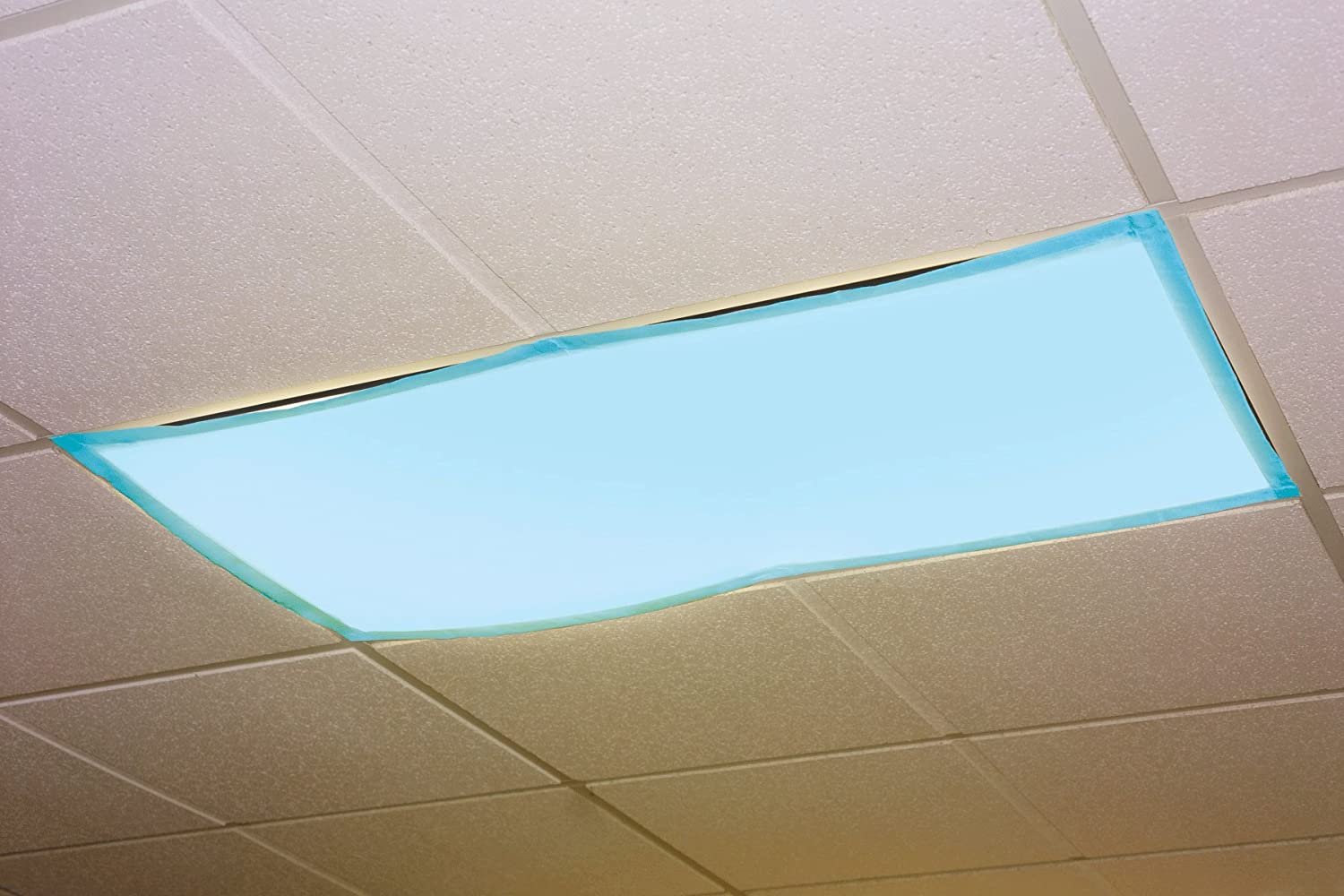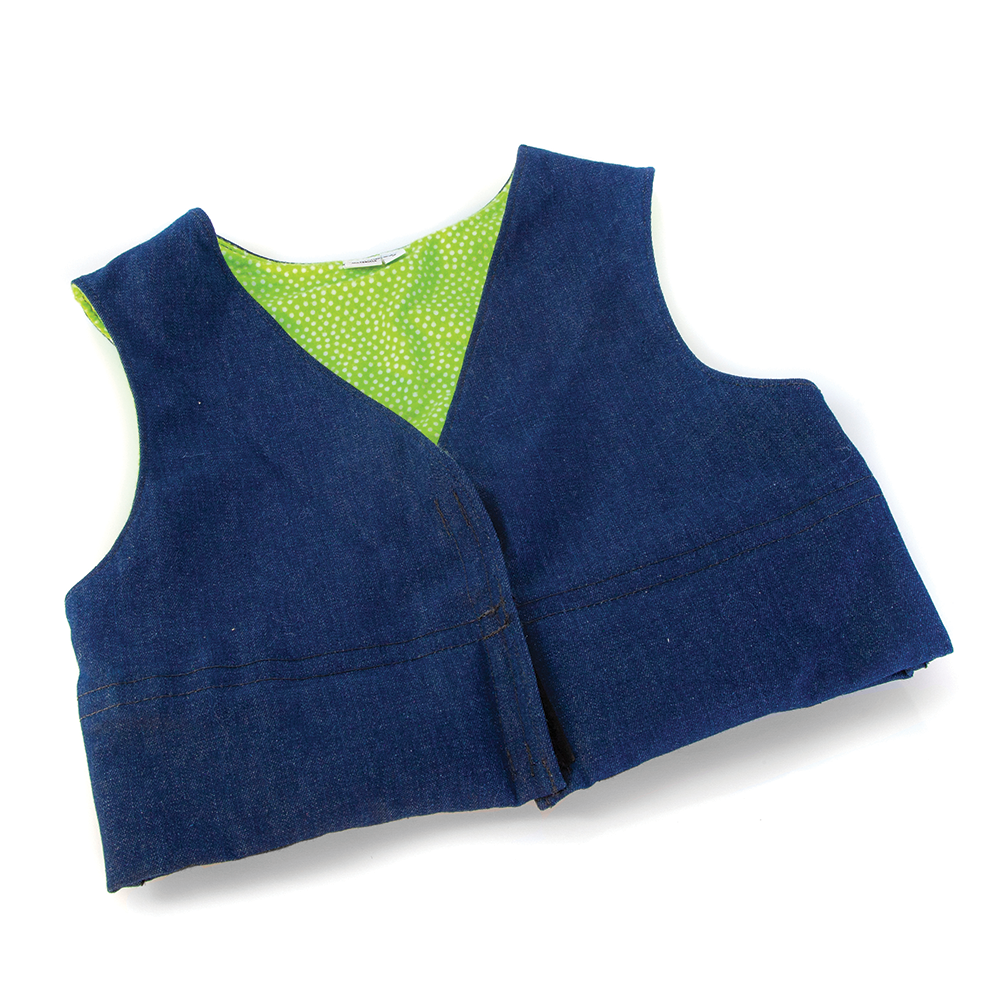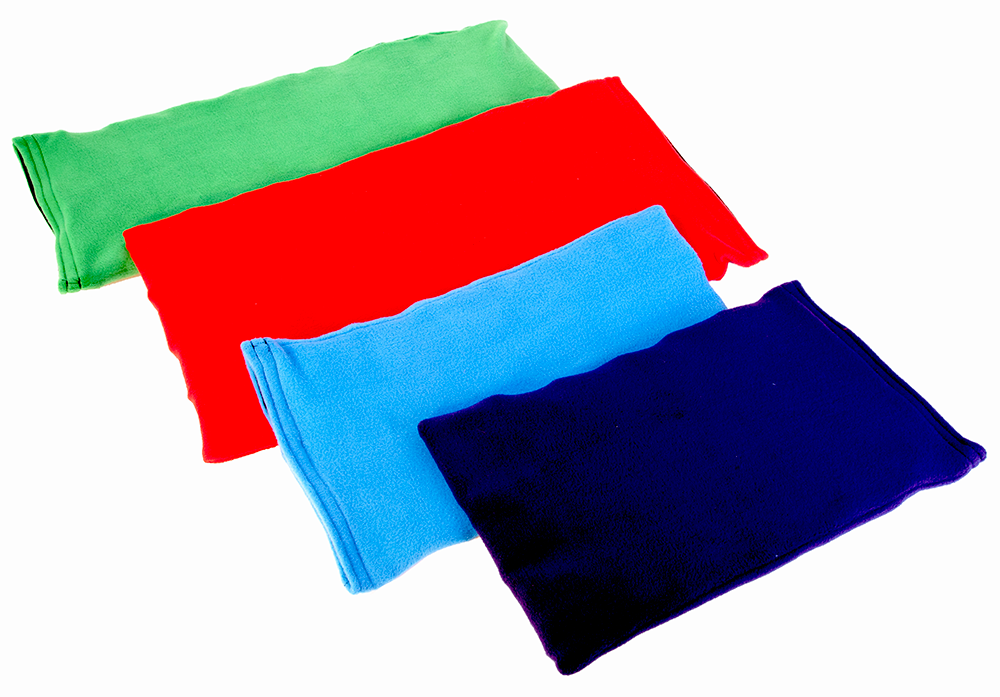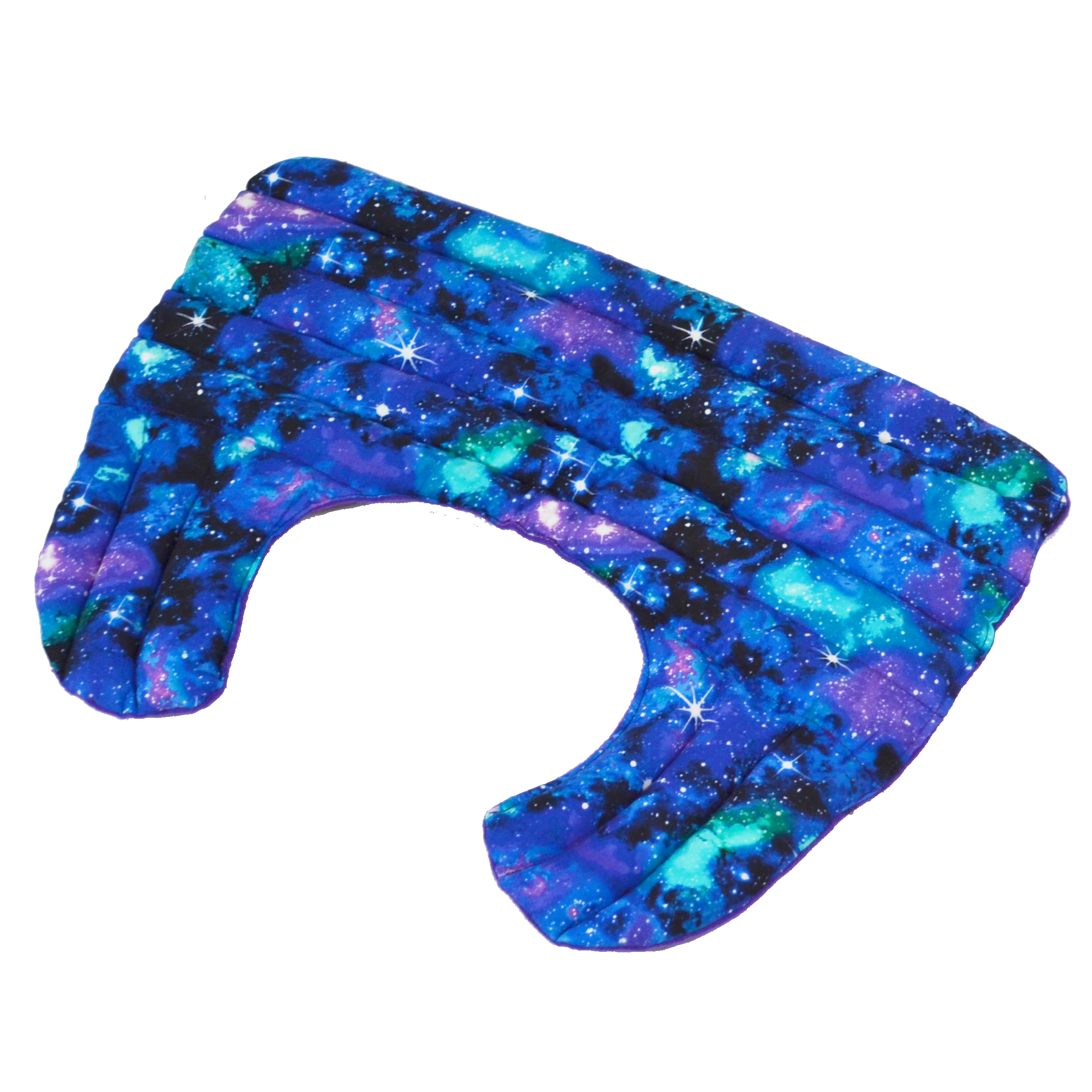Children who have sensory differences (like tactile defensiveness, auditory defensiveness, oral defensiveness, etc.) sometimes tune out or go into "sensory overload / sensory shutdown" mode when their nervous systems become overloaded.
Bright lights, light touch, smells, classroom noises, people talking too loud or too fast, not allowing adequate or extra time for a child to process visual or auditory information, an overstimulating environment (that has too many things on the walls or hanging from the ceiling), etc. – can independently or in combination result in a child "shutting down." The child may just stand still and stare, become agitated, or may find a way to physically retreat to a quiet or less stimulating area (perhaps just by putting their head down or going to the coat area).
Below are 10 favorite "calming" classroom tools selected by teachers! Many of these products can be especially helpful for children who have sensory differences, autism spectrum disorders, ADD or ADHD, Tourette Syndrome and other conditions in which sensory issues are common.
*Updated November 2023
2. Pressure Vests and Deep Pressure Compression Belts
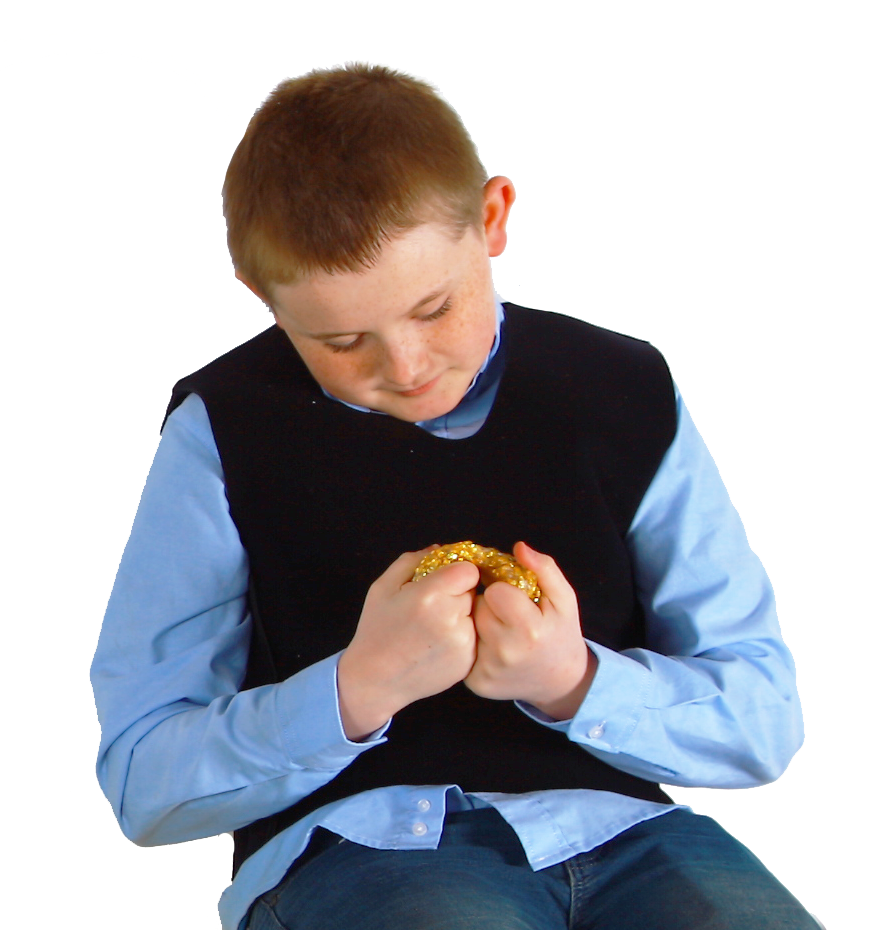
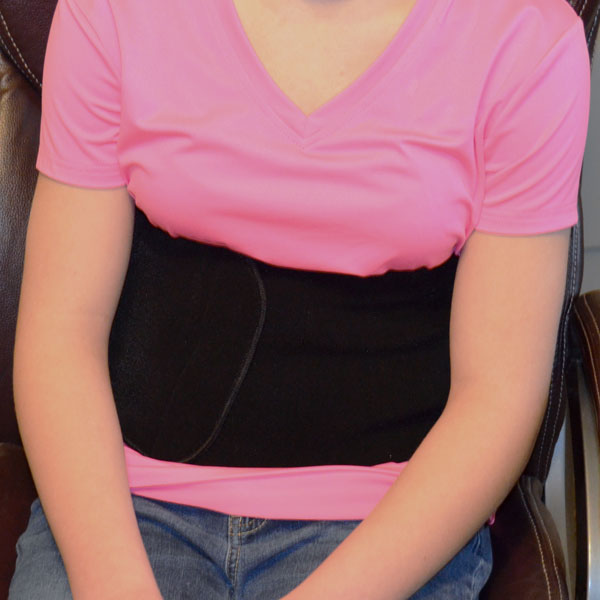
3. Weighted Tools: Weighted Vests, Weighted Lap Pads with Fleece Covers, and Weighted Shoulder Wraps
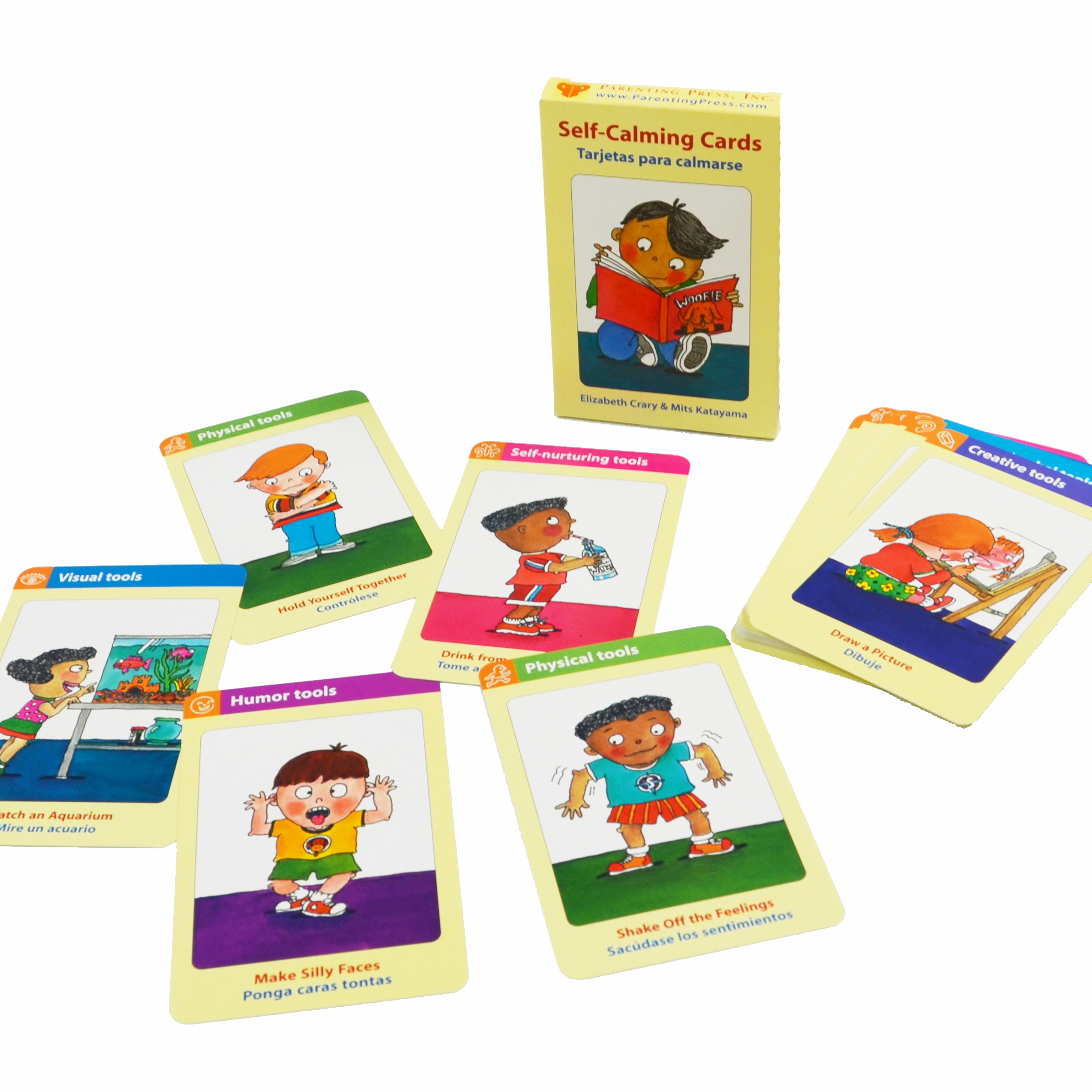
5. Spiky Deep Pressure Sensory Rolling Pin, Totable Sensory Rollers or our Deep Pressure Sensory Rolling Pin
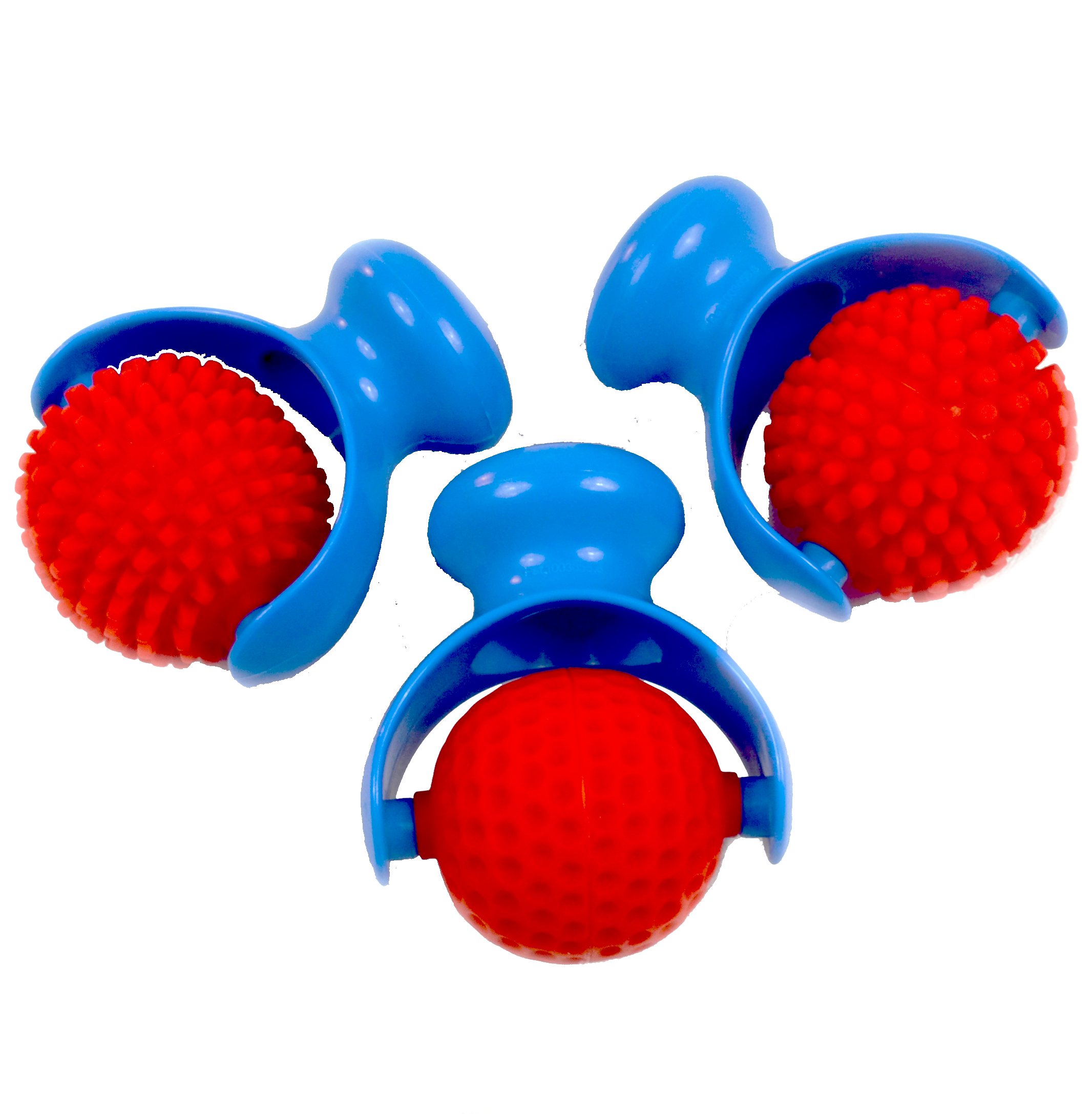
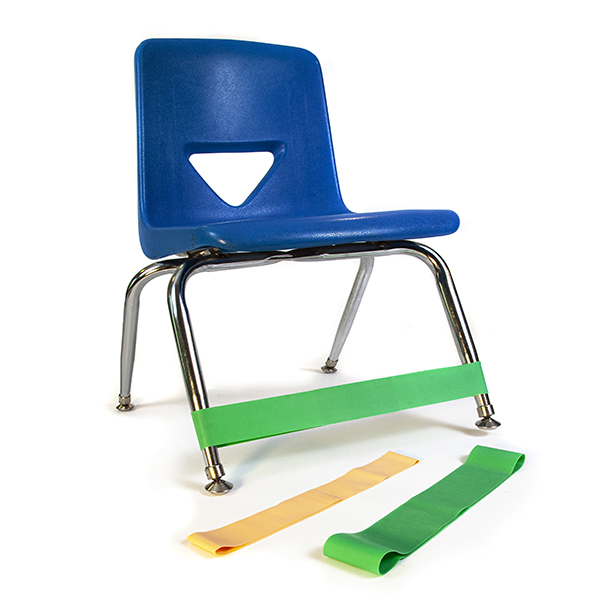
7. Chewy Pencil Toppers like Topperz Chewy Pencil Topper Tubes or Brick Chewy Pencil Toppery Pencil Topper

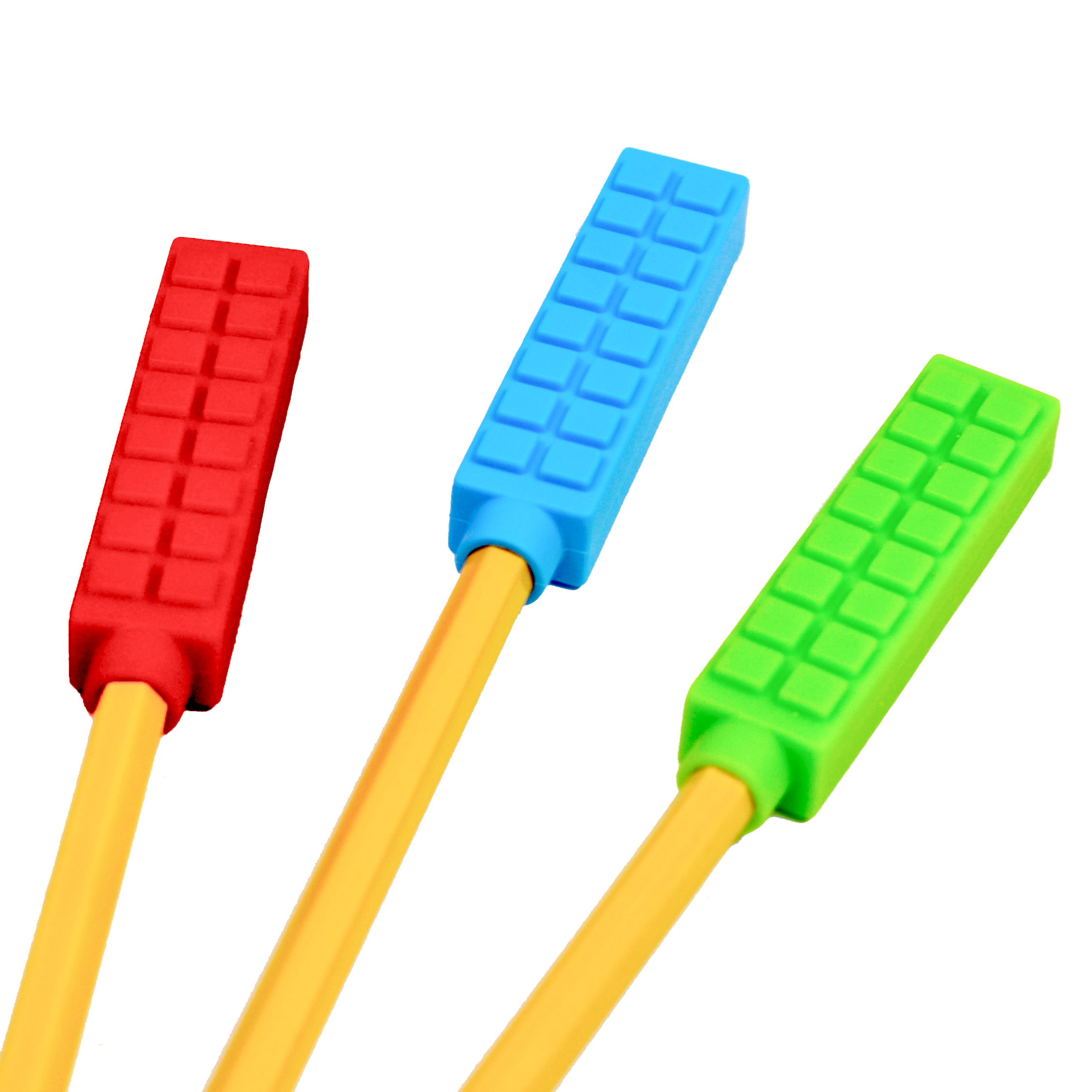
8. Sensory Seekers Fidget Kit™
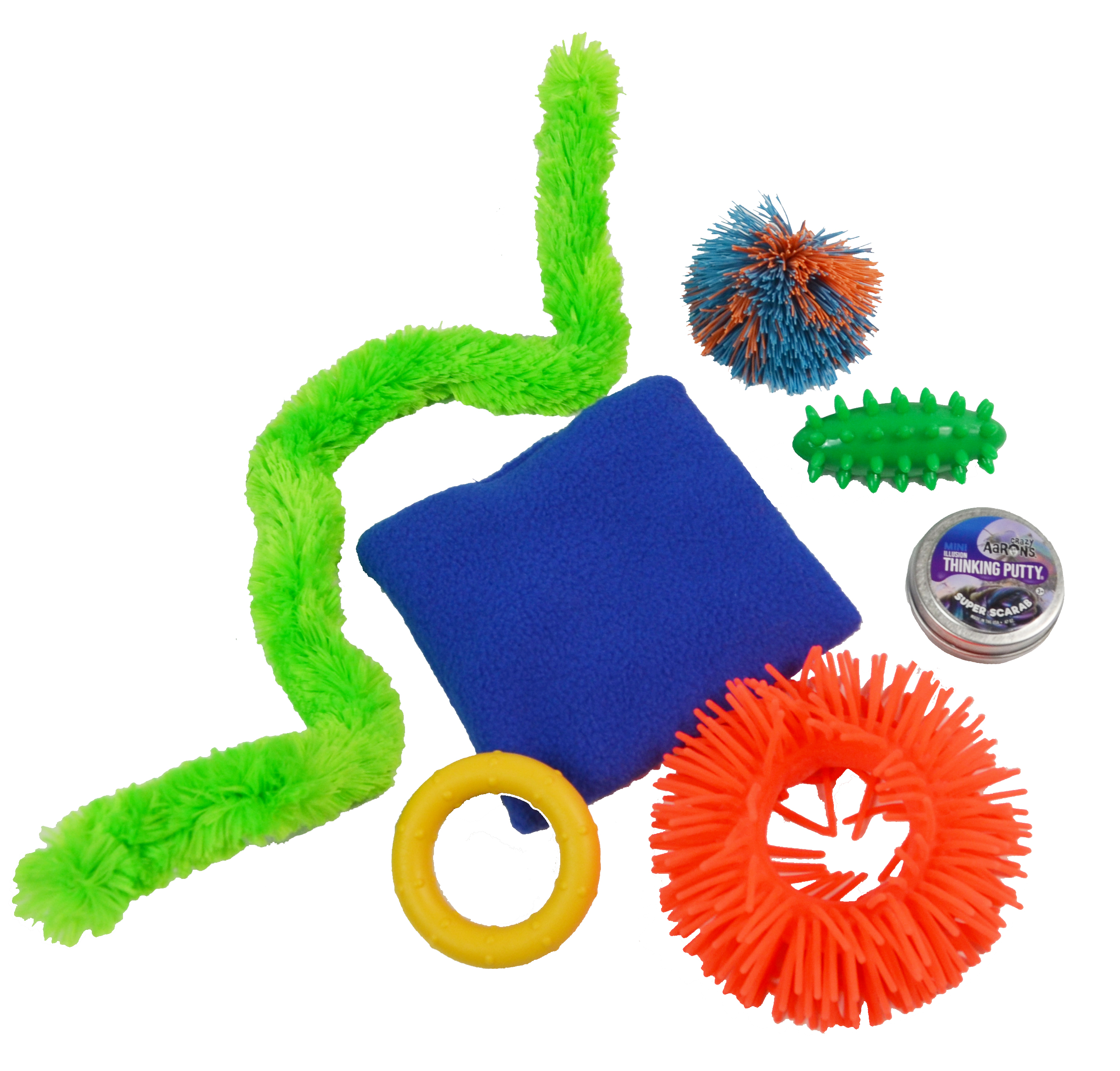
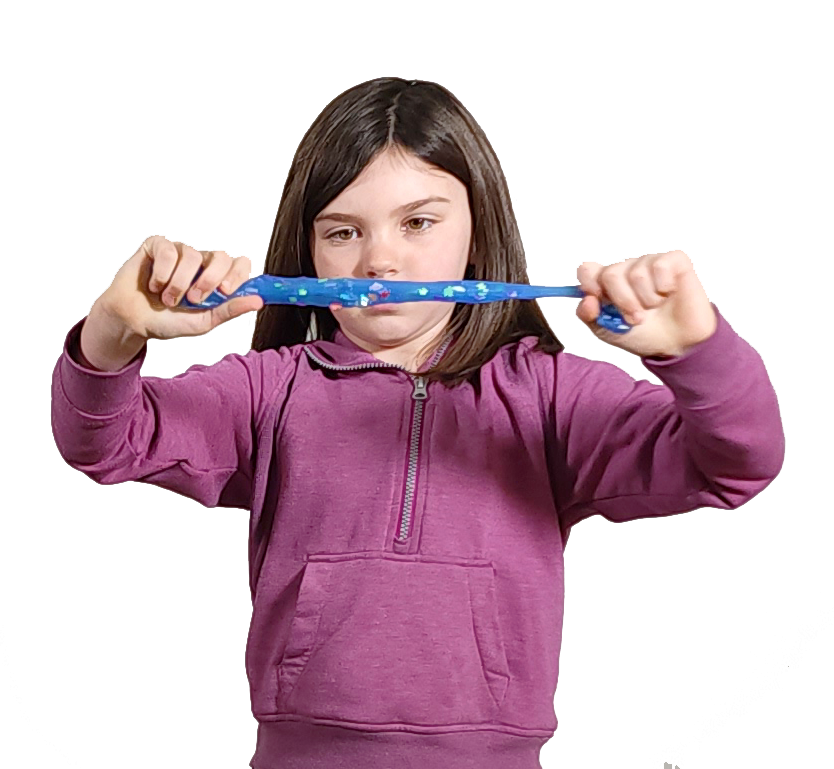
10. Balance/Seating Disc Combo
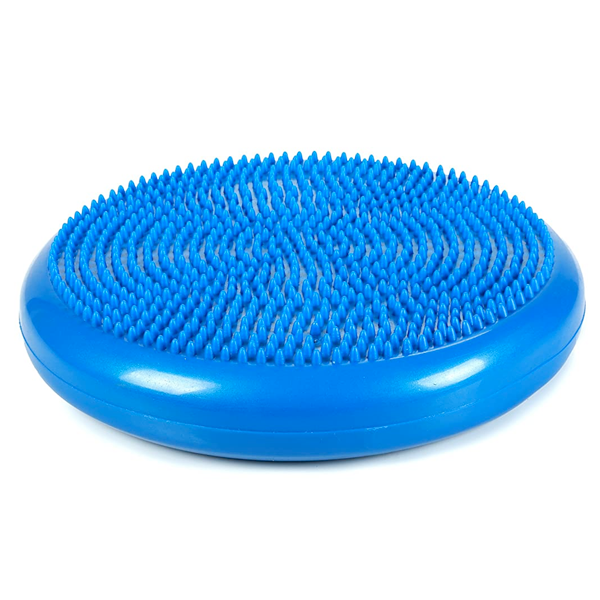
More articles you might enjoy:
Creating a Back-to-School Supplies Shopping List for Learners with Unique Needs
The Benefits of Sensory Seating in Classrooms
10 Best Handwriting Tools for School Classrooms
Free Online Resources for SPED Teachers
Creating Sensory-Friendly Spaces: Designing Classrooms to Support All Students


